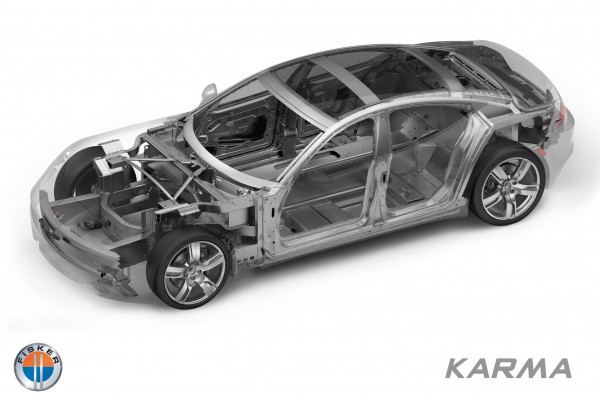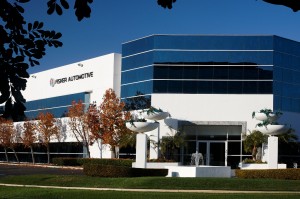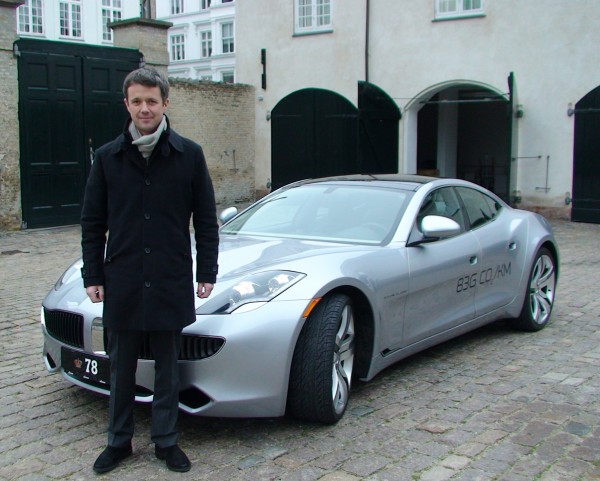The first factory-built Fisker Karma, the first and only true electric vehicle with extended range, will make its North American debut at the Los Angeles International Auto Show November 17-28.
Designed and engineered by Southern California automaker Fisker Automotive (www.fiskerautomotive.com) the four-door Karma is the embodiment of the design-driven company’s firm belief that environmentally conscious cars need not sacrifice passion, style or performance.
By combining world-class style and performance with industry leading efficiency and the lowest emissions of nearly any production car the Fisker Karma is the only responsible option for luxury car buyers.
Driven only by electric motors at all times the Karma womans health delivers the zero-tailpipe-emissions of an all-electric vehicle and eliminates Range Anxiety with the 300 mile (480 km) range of a traditional gas-powered car.
“The Fisker Karma represents our goal of bringing an eco-friendly vehicle founded on the principals of ‘Pure Driving Passion’ to consumers around the world,” said Henrik Fisker, CEO. “As a center for style and culture made up of people who are proud to express their personalities and their concern for the environment, Los Angeles is the perfect place for the Karma to make its North American debut.”
[Source: Fisker Automotive]


